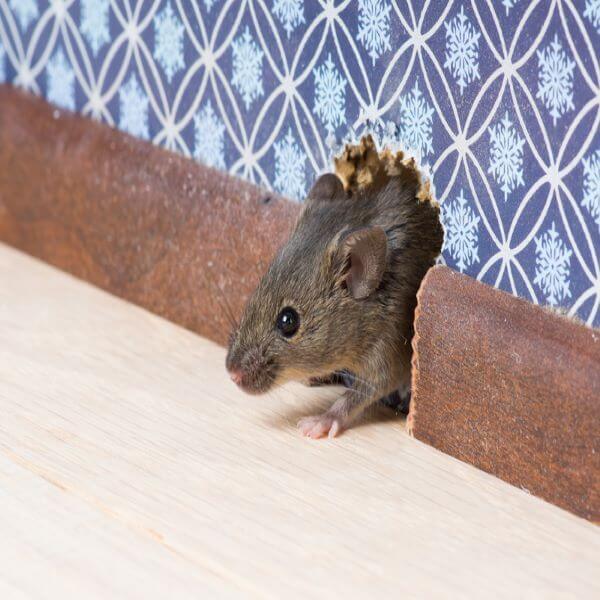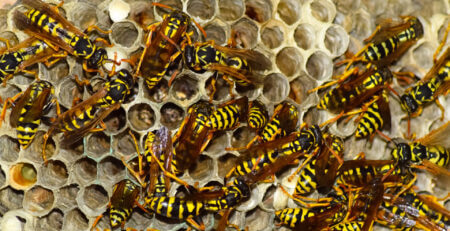Rat Exclusion Techniques: Sealing Entry Points to Prevent Rat Access
Effective exclusion techniques play a crucial role in rat control, as they help prevent rats from accessing your property in the UK. Sealing entry points is a proactive measure that can significantly reduce the risk of rat infestations and protect your home or business. In this article, Pest Control Direct provides an extensive guide on exclusion techniques specifically tailored for the UK, highlighting the importance of sealing entry points to prevent rat access.
Conduct a Thorough Inspection
Before implementing exclusion techniques, conduct a detailed inspection of your property to identify potential entry points. Pay close attention to the following areas:
- Exterior Walls: Inspect the exterior walls for cracks, gaps, or holes that rats could use to gain entry. Look for damage around utility openings, vents, and pipes.
- Roof and Attic: Check the roof for damaged or missing tiles that rats could exploit. Inspect the attic for openings, damaged insulation, or signs of rat activity.
- Doors and Windows: Examine the gaps around doors and windows, ensuring they are properly sealed. Install weather stripping if necessary.
- Foundation and Basement: Inspect the foundation for any openings or gaps that rats could squeeze through. Check the basement for cracks or gaps in walls or flooring.
Seal Exterior Entry Points
Once you have identified potential entry points, take the following steps to seal them effectively:
- Fill Cracks and Gaps: Use a durable sealant, such as caulk or expanding foam, to fill cracks and gaps in exterior walls, foundation, and around utility openings.
- Reinforce Vents and Pipes: Cover vents and openings with mesh screens or grates to prevent rats from squeezing through. Install rodent-proof covers on pipes that enter the building.
- Secure Gaps Around Doors and Windows: Install door sweeps at the base of exterior doors and use weather stripping to seal gaps around windows and frames.
- Repair Damaged Roof Tiles: Replace any damaged or missing roof tiles promptly to prevent rat entry through the roof.
Strengthen Interior Defenses
While exterior entry points are a primary concern, reinforcing interior defences is equally important:
- Inspect Internal Walls and Flooring: Check for cracks or gaps in internal walls, floors, and ceilings. Seal any openings that could provide rats with access to the interior of the property.
- Examine Utility and Plumbing Openings: Ensure that utility and plumbing openings within the property are properly sealed. Use appropriate covers or screens to prevent rats from entering these areas.
- Seal Wall Voids: Seal wall voids, especially those near kitchen or food storage areas, where rats may gain access to the interior of the property through gaps behind cabinets or pipes.
Professional Assistance
For more complex or extensive infestations, seeking professional assistance is advisable. Professional pest control services can provide expert advice, conduct thorough inspections, and implement effective exclusion techniques. They have the knowledge and tools to identify hidden entry points and ensure proper sealing.
Regular Maintenance
Regular maintenance is crucial to ensure the continued effectiveness of exclusion techniques:
- Periodic Inspections: Conduct regular inspections of your property, especially after severe weather events or changes in the landscape, to identify and address any new entry points that may have developed.
- Prompt Repairs: Address any damage or wear and tear to the exterior of the property promptly. Repair cracks, gaps, or damaged areas to maintain a strong defence against rat entry.
- Stay Vigilant: Remain vigilant for signs of rat activity, such as droppings, gnaw marks, or sightings. Early detection can prevent a minor issue from developing into a full-blown infestation.
Conclusion
Sealing entry points through effective exclusion techniques is a vital component of rat control in the UK. By conducting thorough inspections, sealing cracks and gaps, reinforcing vents and pipes, and seeking professional assistance when necessary, you can significantly reduce the risk of rat access to your property. Remember to prioritize regular maintenance and stay vigilant to ensure a rat-free environment and protect your home or business from the hazards associated with rat infestations in the UK.










